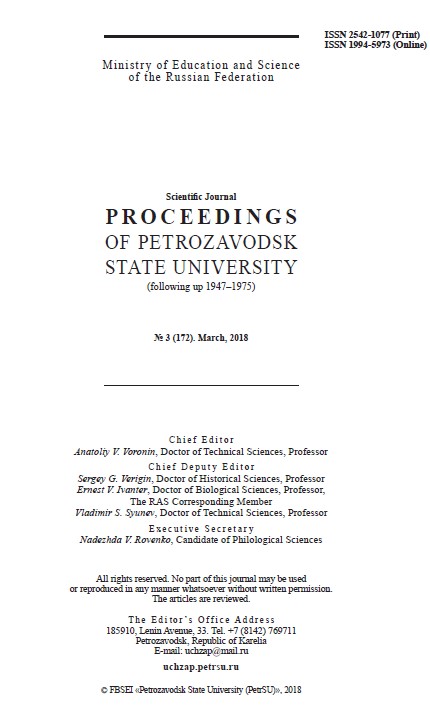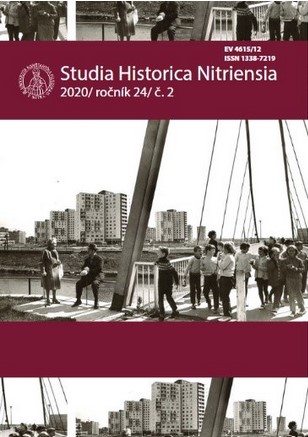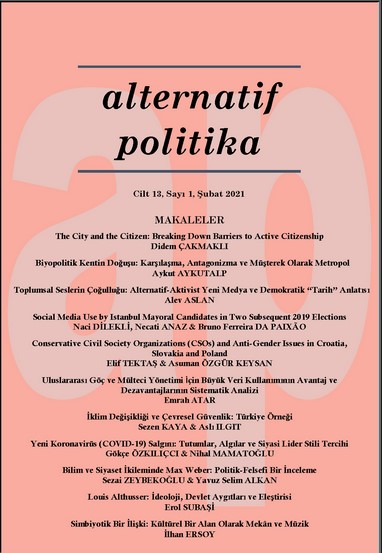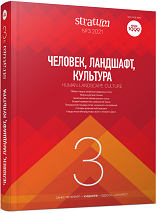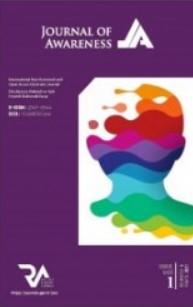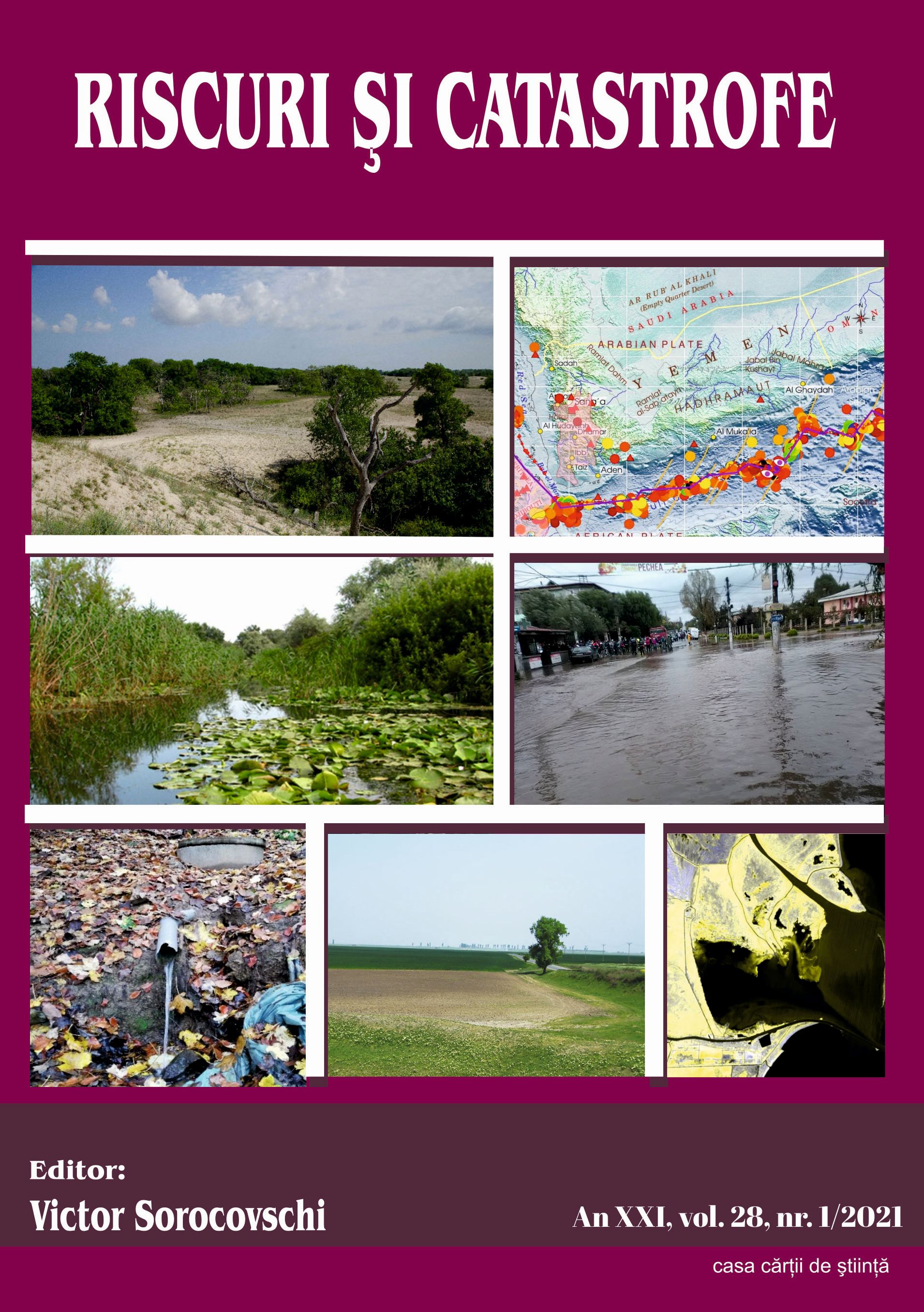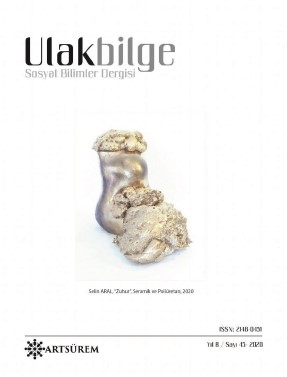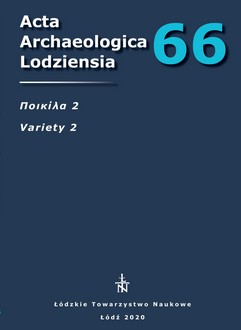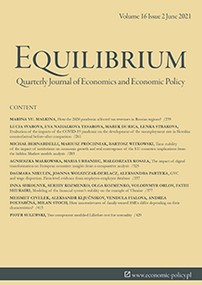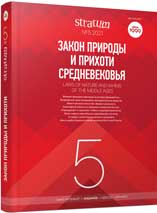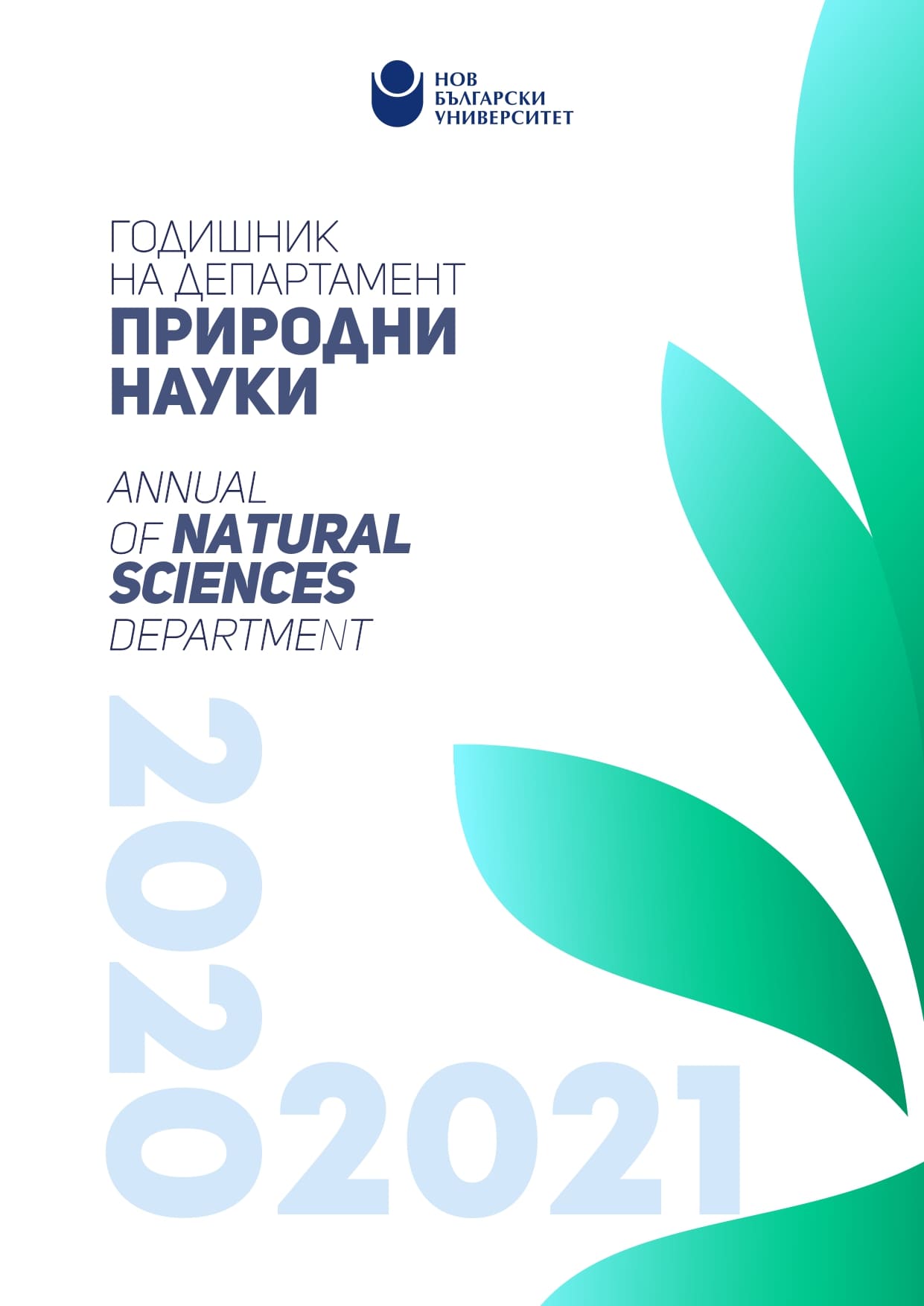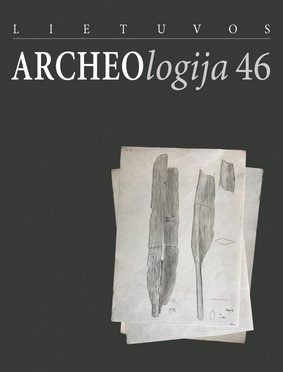
THE MESOLITHIC CEMETERY OF GROß FREDENWALDE (NORTH-EASTERN GERMANY) AND ITS CULTURAL AFFILIATIONS
The site of Groß Fredenwalde was discovered in 1962 and has been known as a Mesolithic multiple burial since 14C-dates verified an early Atlantic age in the early 1990s. New research since 2012 reconstructed the situation of the poorly documented rescue excavation in 1962 and identified six individuals from at least two separate burials. The new excavations uncovered more burials and Groß Fredenwalde stands out as the largest Mesolithic cemetery in North Central Europe and the oldest cemetery in Germany. In this paper the known burial evidence from this site is presented and the location of the cemetery, mortuary practices, and grave goods are discussed in a broader European context. Northern and Eastern connections appear especially tangible in Groß Fredenwalde and it is suggested that the community associated with the Groß Fredenwalde Mesolithic cemetery was integrated into wider cultural networks connected to the North and East.
More...
